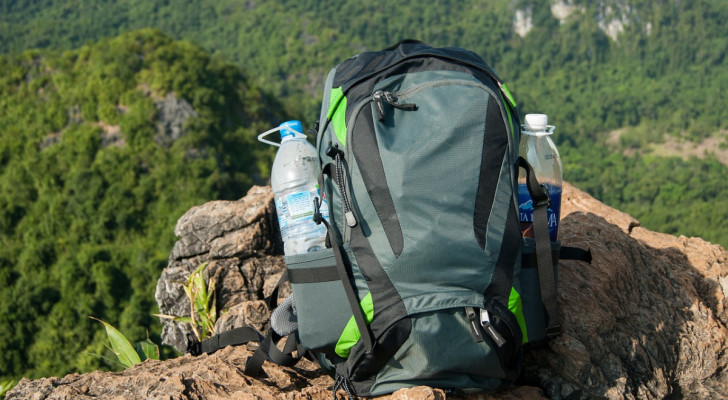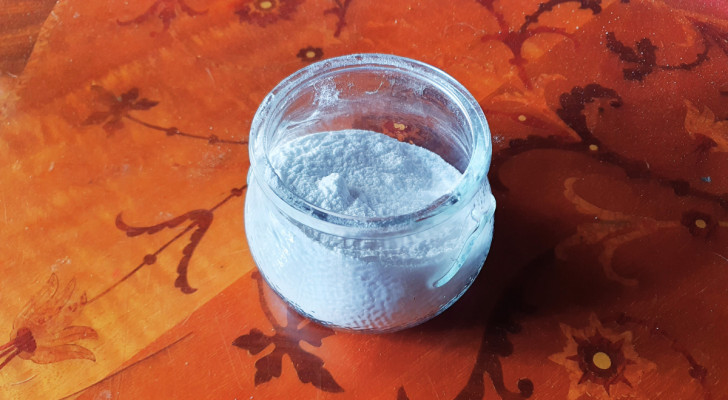Dirty, malodorous hiking backpack: how to wash it without ruining it

Needpix
Hiking (aka trekking) on vacations or weekends: this is one of the most stimulating activities one can do in one's free time. But what happens if your backpack gets dirty whilst on a hike? Like your hiking clothes, backpacks can pick up dust, dirt, rain, mud and body sweat. And, of course, the inside of a backpack can get dirty too from carrying dirty and/or wet clothes, food scraps, liquid spills and more. In short, after a hike, your backpack probably needs to be cleaned too.
That said, and given the materials backpacks are made of, they could get ruined if not washed properly. Below, we provide some tips on how best to wash a post-hike, dirty, smelly backpack:
Preparation
The first thing to do is to prepare the backpack for washing by making sure you consult it's washing instructions (usually on a label attached to the backpack). Then:
- Empty out your backpack completely, taking care to check every fold and pocket for forgotten items and to remove any loose dirt and debris;
- As mentioned above, read any washing labels carefully. Many backpacks can be washed in the washing machine, but some can't: backpacks with leather components, for example, will have to be hand-washed;
- Remove any accessories and detach any parts of the backpack that can be taken off without compromising it's integrity. Remove any clip-on accessories, detachable shoulder straps and/or belts and take out any protective linings (which can be washed separately).
Machine washing your backpack

Rawpixel
If you are sure that you can wash your backpack in the washing machine, proceed as follows:
- It is best to protect the backpack by putting it in a laundry bag designed to protect delicate items. If you don't have one, you could use an old pillowcase (preferably a white or light-colored one);
- Use a laundry detergent for delicate garments that doesn't have a strong scent/perfume. The best types of detergents to use are, of course, products specially made for the washing of technical/sporting materials. Alternatively, you can also use all-natural Marseille soap (in small doses);
- Set a gentle wash cycle with cold water. By doing this, you'll avoid the risk of ruining any synthetic parts, delicate fabrics and various specialized finishes;
- Air dry your washed backpack (do not put it in the tumble-dryer), ensuring you hang it up upside down to drain away the water thoroughly (and not by the shoulder straps, which could be deformed). Hang up your wet backpack in a well-ventilated area and don't expose it to direct sunlight.
Hand-washing your backpack
If you can't wash your backpack in the washing machine (or you're not sure), you can hand-wash it. Of course, it's also best if any leather components do not get wet (these components can be cleaned like you clean your leather shoes, for example).
Put your backpack in a sink/tub which can hold it comfortably. Again, it's best to use detergents specially made for the washing of technical/sporting materials. Alternatively, use a detergent designed for washing delicate fabrics and which does not contain any "aggressive" chemicals (like bleach, for example). Proceed as follows:
- Fill the sink/tub with enough warm water;
- Add a small amount of the above-described detergent;
- Using a soft-bristled brush or a cloth, wipe down the outside and the inside of your backpack;
- Rinse thoroughly, using plenty of water. Continue rinsing until the water runs clear;
- To dry your backpack, proceed as already described above.
Remember to store your backpack away only once it is perfectly dry. And when you do so, open all the pockets so the backpack doesn't lose its shape.
With a little care and attention, your backpack will remain in excellent condition for many more years of hiking adventures!





